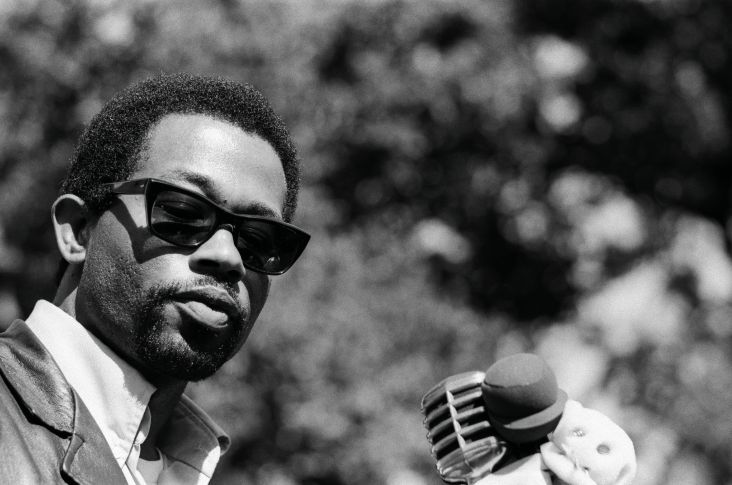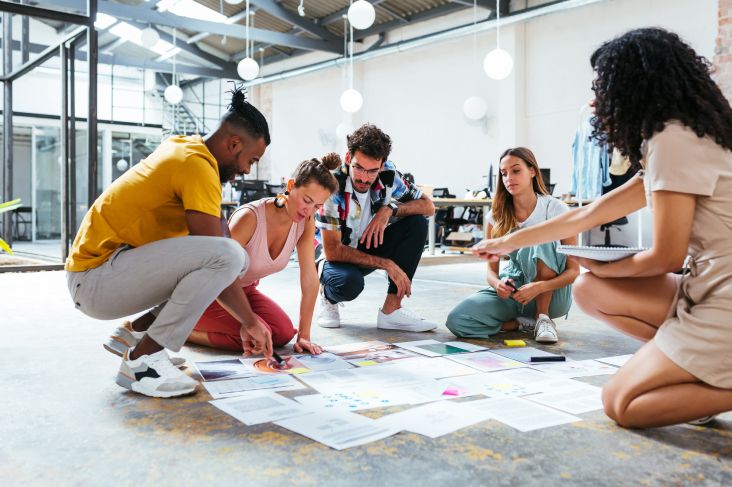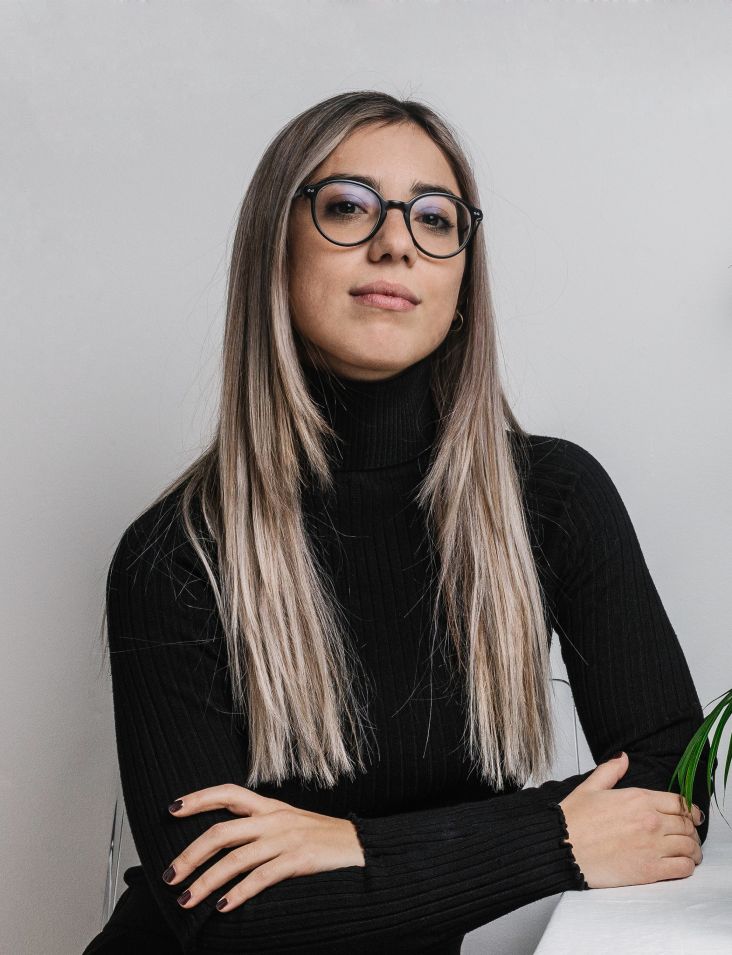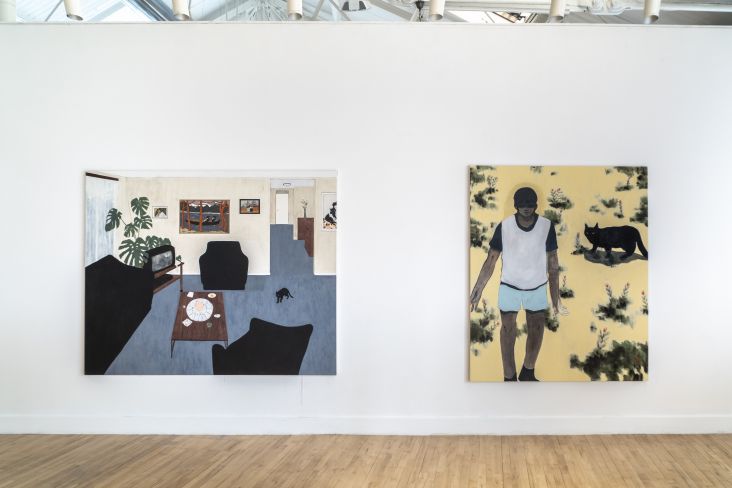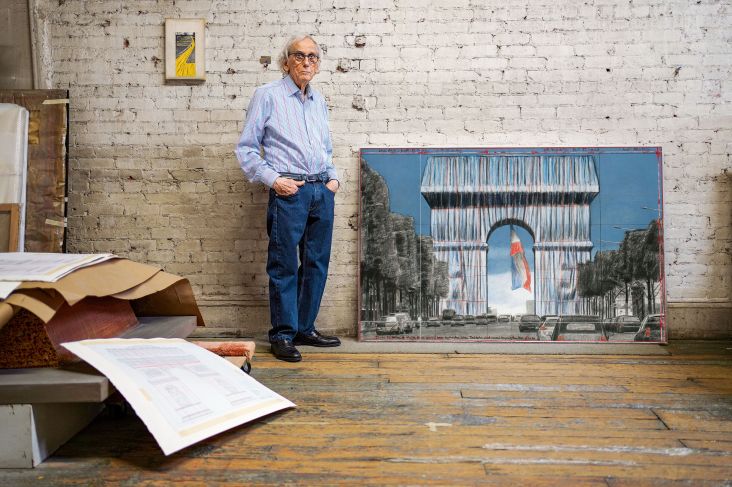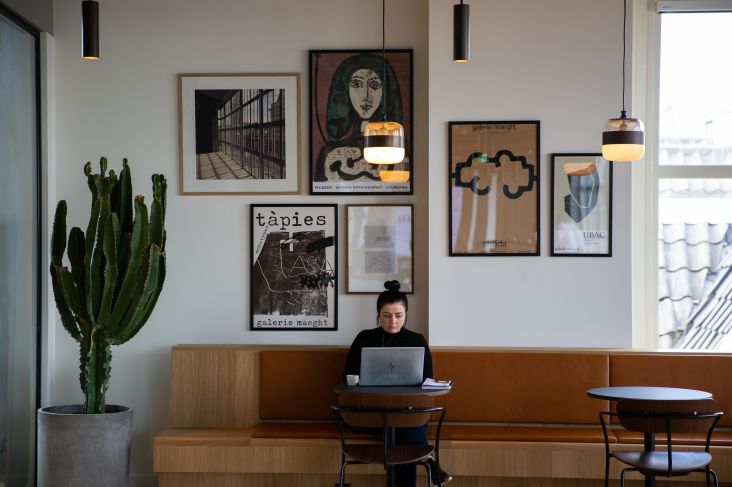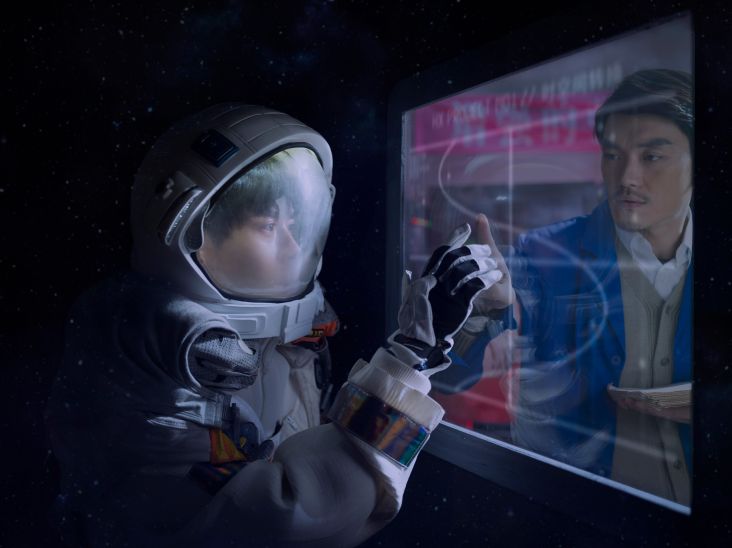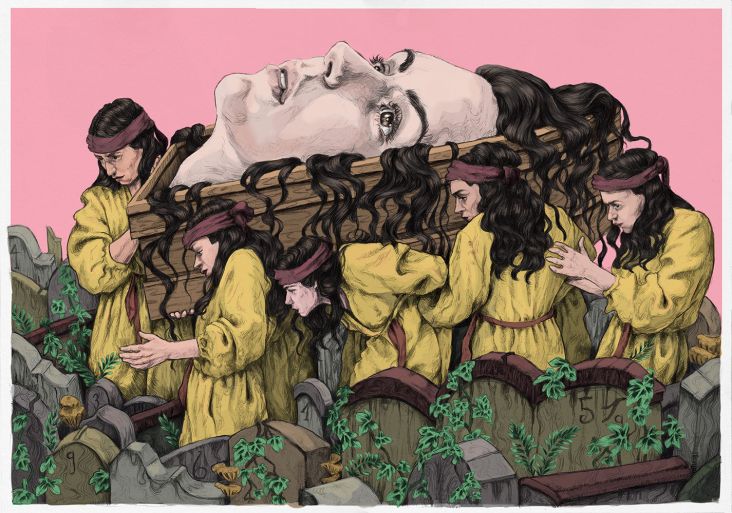Ananya Rao-Middleton on making the industry more accessible to disabled artists
Marginalised people in our society, almost by definition, frequently have their voices silenced. But gradually, as we see representation from such communities grow within the creative sector, artists are breaking through who can share their thoughts, feelings and experience, being the voices we don't listen to often enough.
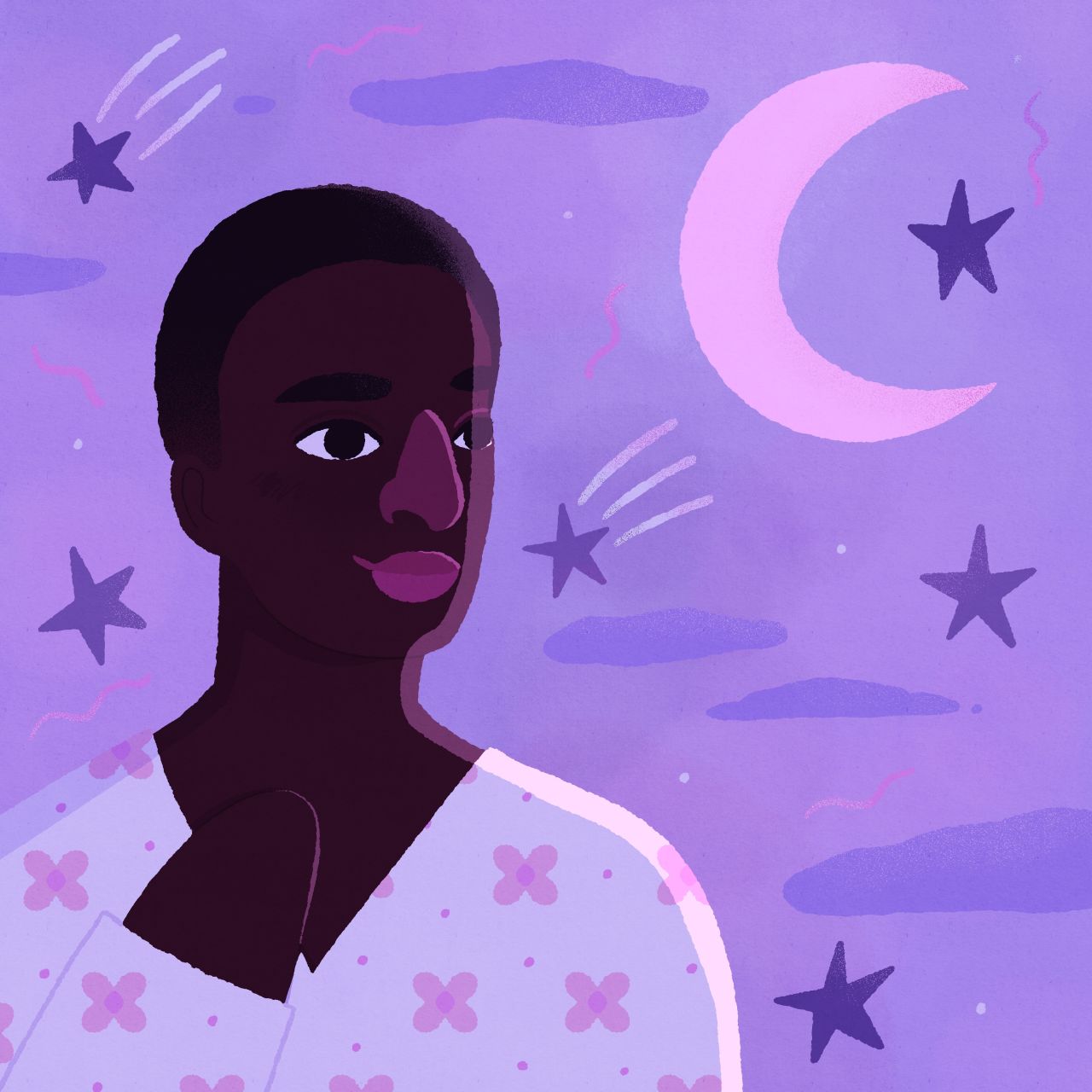
Disability Pride © Ananya Rao-Middleton
Ananya Rao-Middleton is one great example. A disabled woman of colour, she became an illustrator directly due to being diagnosed with a brain injury. She uses her much-in-demand work to express herself, post-brain injury, and as someone living with multiple sclerosis.
Stirring, eye-catching and often deeply moving, Ananya's illustrations focus on the lived experiences of women living with chronic illness. With clients including the UN, the UK Parliament, the BBC, Schuh, Kaspersky and Instagram, she describes herself as a feminist illustrator and an activist for people with invisible illnesses. Most recently, she's been illustrating a series of articles for Bitch Media that focus on access and disability justice.
We asked Ananya about art as activism, the issue of invisible disability and the healing power of art.
Do you find you have a lot of power in your practice?
Absolutely. For me, my art is my form of activism; it enables me to communicate ideas on social justice in a way that's accessible, emotive and easy to understand. Before my brain injury, my activism was very much centred around writing about social justice issues. I don't feel able to write in the way I used to, so naturally, art became my method of 'doing' activism.
I have a background in History and Anthropology, where I focused on writing about dissent against fascism in India. I'm no longer an academic, but I feel strongly about using the research tools I trained in to ensure my illustrations are community-focused and reflect the lived experiences of people from marginalised communities.
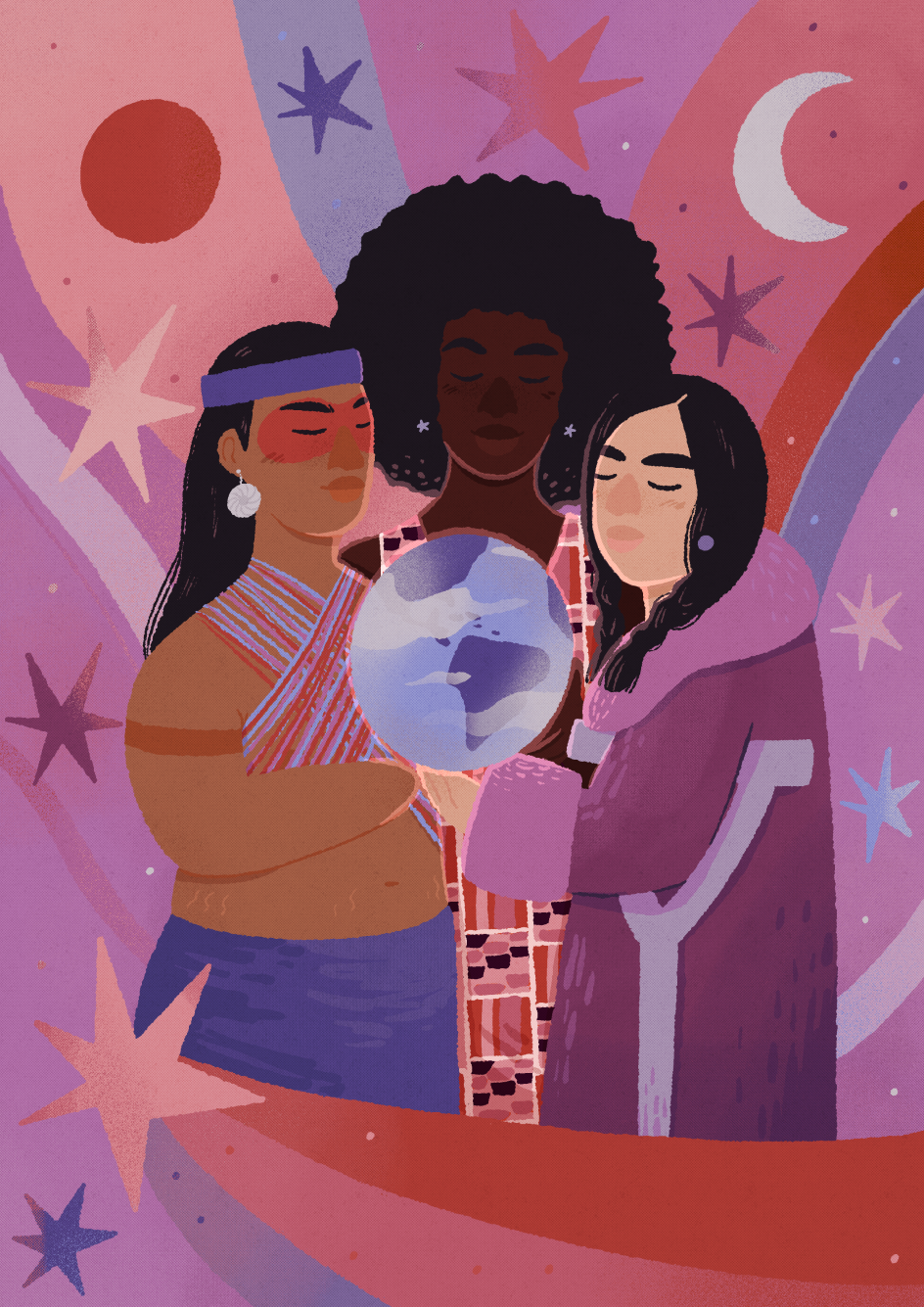
Conscious Being © Ananya Rao-Middleton
Can art help change the world?
There is great power in illustration as a tool for doing good and highlighting social injustices. Art resonates with people and often provokes emotional reactions that can facilitate social change. That's why art has been used to sway people during times of political change and upheaval, and now is no different. Artists have a very strong political voice, and there's so much power in that. Personally, I'm determined to use my political voice in all the artwork I create.
There is a lot of disability or illness that is indeed invisible. What do you hope people will learn from viewing your work?
I hope that people will understand that disability isn't a straightforward thing that everyone experiences in the same way. Like all lived experiences, it's so nuanced and varies per person.
For non-disabled folks viewing my work, I hope they feel inspired by my illustrations to challenge ableism in their communities. For disabled folks viewing my work, I hope that my illustrations make them feel seen and validated regarding their experiences of living with an invisible disability/illness and know that they are not alone.
On that note, having an invisible disability/illness can leave you feeling very lonely. No one can see what you're going through, and with the amount of medical gaslighting we go through, it can often feel like what we're experiencing is just in our heads. I want my art to show that there is a community out here for folks with invisible disabilities/illnesses who will support them and validate their experiences. We're all in this together!
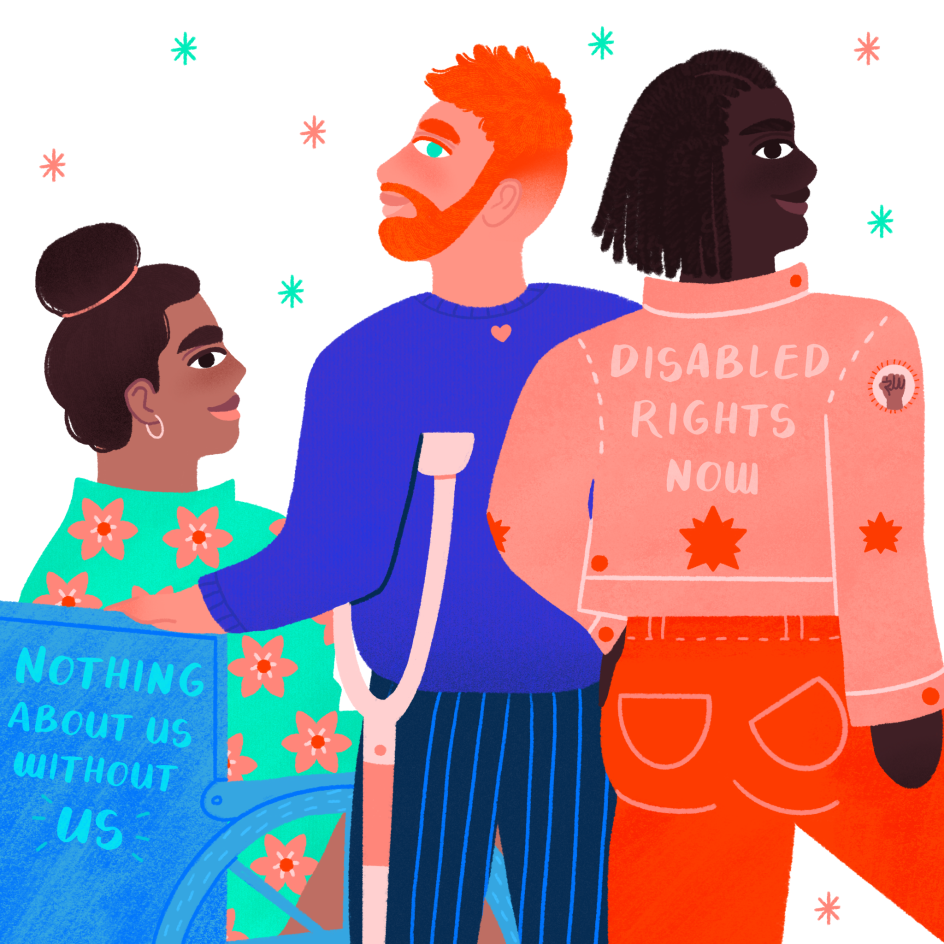
Illustration for Schuh © Ananya Rao-Middleton
Art itself can be a wonderful healer: does it help you?
Art has absolutely helped me to heal in several ways. First of all, it was one of the main ways I experienced post-traumatic healing after my brain injury in 2018. At the time, my nervous system felt like it was on fire, and I was obsessively hyper-vigilant about my symptoms: it truly felt like I couldn't switch off.
When I started painting, those moments where I'd allow myself to get lost for hours at a time in the painting process were the only times I felt my mind and body was able to calm down and feel at peace. This is literally because all my attention was solely focused on painting and nothing else.
Secondly, art has helped me to heal from the stress of working in a job that didn't enable me to honour my needs when it came to my chronic illnesses. When I started to seriously freelance as an illustrator, I was also working as a Marketing Director for a global start-up. My day job was making me unwell and exacerbating my chronic inflammation because I wasn't able to centre my days on my energy levels or routines that help me:
It was all focused on what my boss wanted me to do. When I quit my job as Marketing Director to pursue illustration full-time, it wasn't just a move to pursue my passion. It was a way for me to create a life for myself that centres my energy levels and needs as a disabled person. In that sense, illustration has given me the space and energy to heal from my demanding day job and cultivate a routine around my needs.
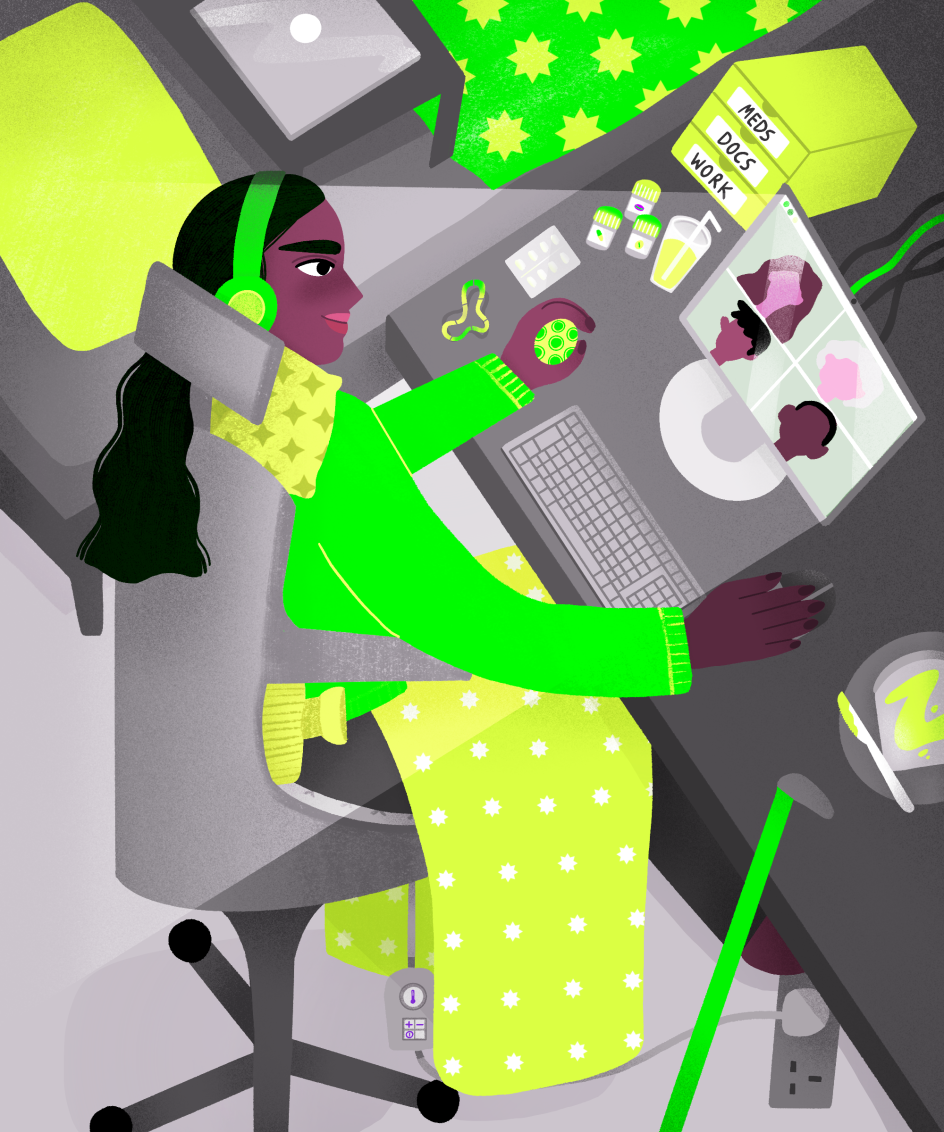
Illustration for Refinery29 © Ananya Rao-Middleton
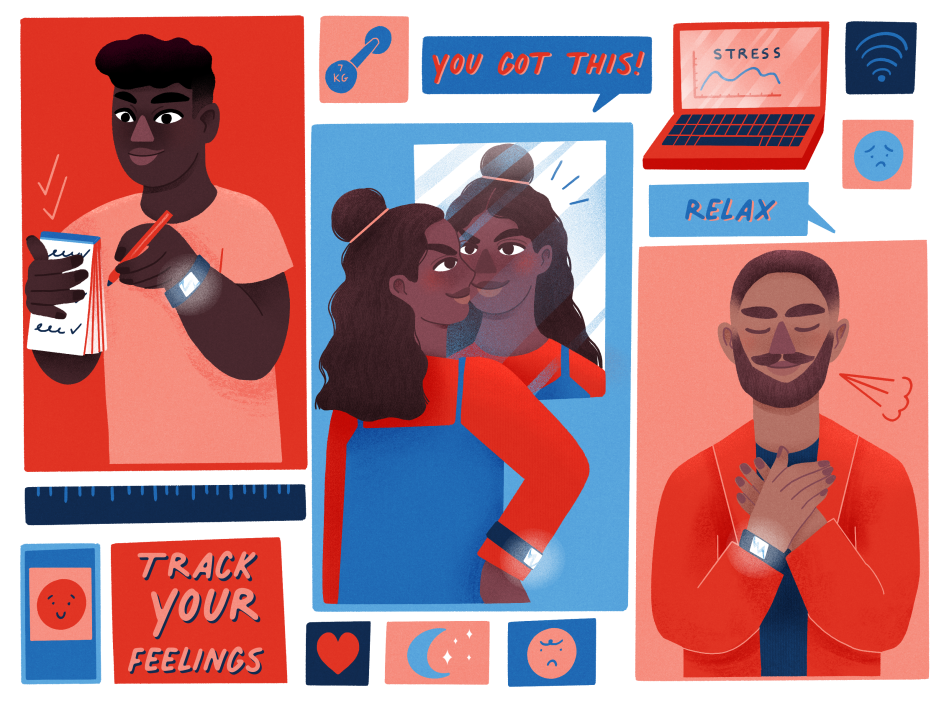
Work for Kaspersky © Ananya Rao-Middleton
What inspires your art?
I'm half-Indian and have always felt inspired by the tropical plants I was surrounded with when I visited family in India. I love bringing those tropical elements into my art! My artwork is heavily inspired by nature, and I bring many colours, shapes and patterns from what I see in nature into my work.
I haven't undergone any formal art training, so I learnt how to create colour palettes by copying what I saw in nature. In particular, I'm obsessed with using sunsets and sunrises as colour palette inspiration. They tend to have a gorgeous mix of pastel purples and pinks, oranges and darker reds and blues. I get excited by colour palettes.
What about other artists?
My style is heavily influenced by many women illustrators I look up to, like Brunna Mancuso, Clemence Gouy, Sofie Birkin and Samantha Mash. I adore the way they illustrate women in particular. Being a feminist is a really important aspect of who I am, so I try to reflect this a lot in my illustrative style, whether that be by drawing women with visible cellulite and body hair or ensuring my work is intersectional.
Creating joy through social justice is a big theme in my work. I'm passionate about showing the lived experiences of people from marginalised communities through my work, particularly at the intersection of disability, race and gender. I love depicting joy in my work, as I think this is something that is sometimes overlooked when we talk about social justice. For me, one of the critical aims of social justice activism is facilitating peoples' joy.
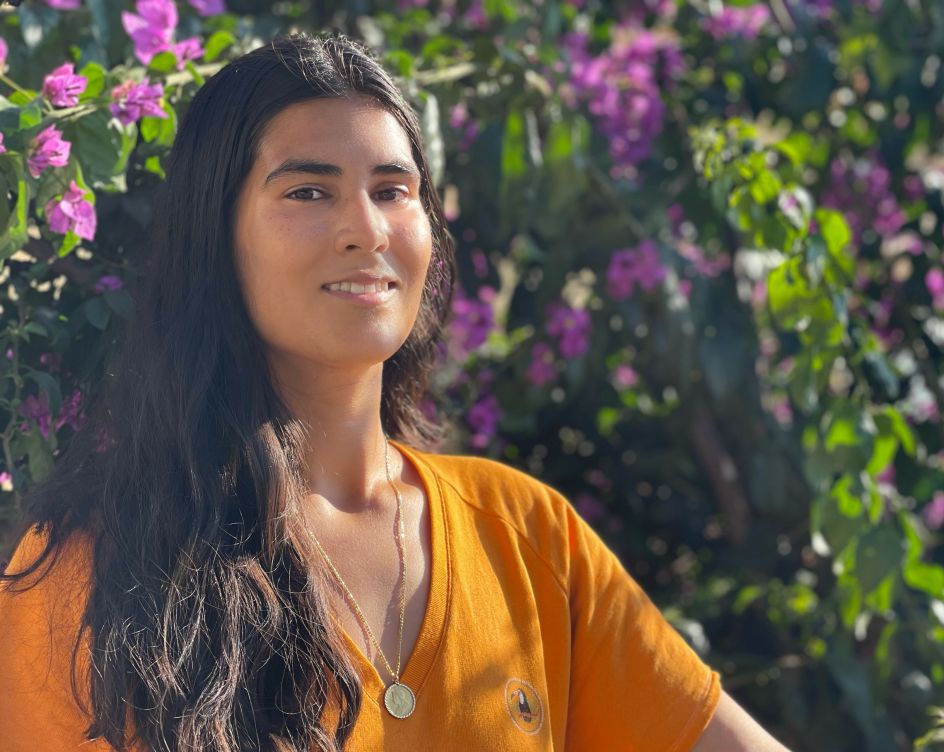
Ananya Rao-Middleton
What do you hope to see change?
Gosh, there are so many things! Where to start? We need radical political change, and I think that has to happen firstly by completely dismantling capitalism and re-imagining how we structure our societies. Capitalism is historically tied into so many of the injustices we see play out in the world, like climate change, anti-black racism, ableism and patriarchy. If we can co-create a future that centres on the needs of marginalised communities, as opposed to the rich elite, we may have a chance of having a brighter future.
On a separate but related note, I'd like to see the creative industry become more accessible for disabled creatives. Currently, many organisations, employers and art directors expect disabled creatives to adhere to inherently ableist working structures that either completely prevents us from participating in the industry at all or facilitate detrimental ways of working that can have negative impacts on our health.
An example of this is unrealistic deadlines for creative projects. If you're asking an illustrator to work through the weekend for a project because you've set an unrealistic deadline, you're asking that illustrator to put the project before their health.
That's not good for anyone, but it is particularly bad for disabled creatives who cannot afford to work beyond their 'spoons' [Ed's note: Spoon theory is a metaphor that is used to describe the amount of mental or physical energy a person has available for daily activities and tasks.]
I've actually pushed back where I feel like the client has put forward an unrealistic deadline, and thankfully it's always been received well. Some might hesitate to bring things like this up with their clients; I wish we didn't have to; the onus shouldn't be on disabled creatives to highlight these issues!
In my case, I have found these conversations pay off because then the client becomes more aware of how these kinds of decisions can have a negative impact on the creatives they hire. I hope that being more vocal about these issues will create positive changes in the industry that means other disabled creatives won't need to go through this.




 by Tüpokompanii](https://www.creativeboom.com/upload/articles/58/58684538770fb5b428dc1882f7a732f153500153_732.jpg)

 using <a href="https://www.ohnotype.co/fonts/obviously" target="_blank">Obviously</a> by Oh No Type Co., Art Director, Brand & Creative—Spotify](https://www.creativeboom.com/upload/articles/6e/6ed31eddc26fa563f213fc76d6993dab9231ffe4_732.jpg)









